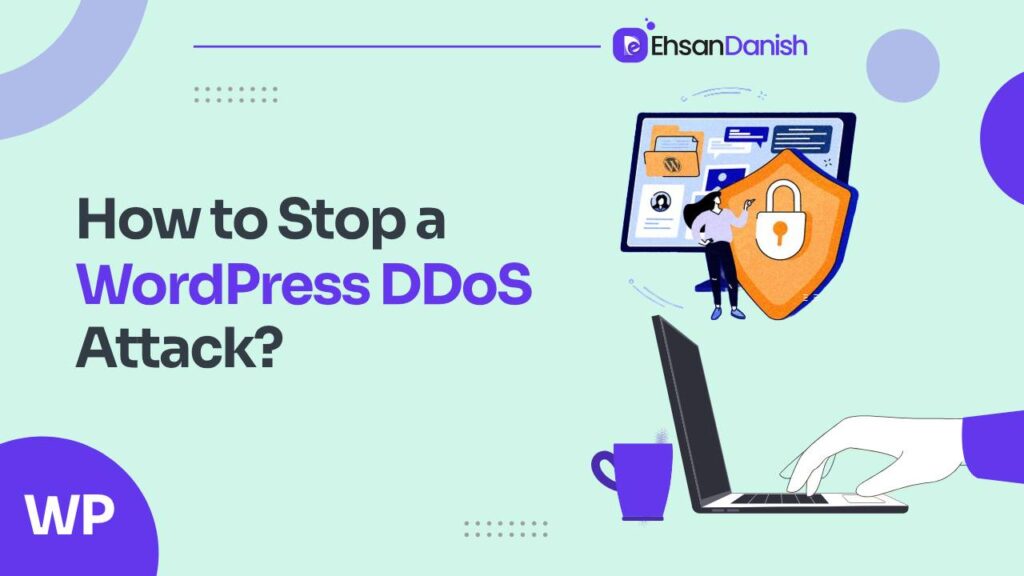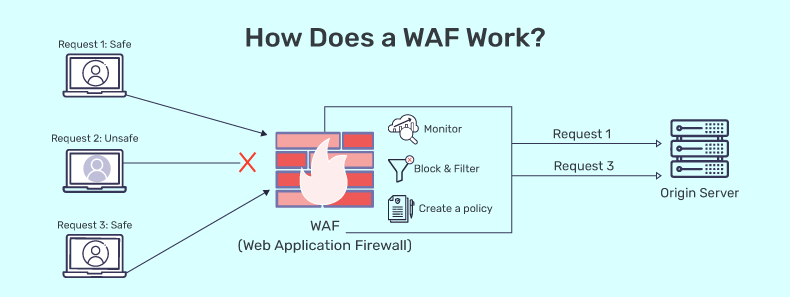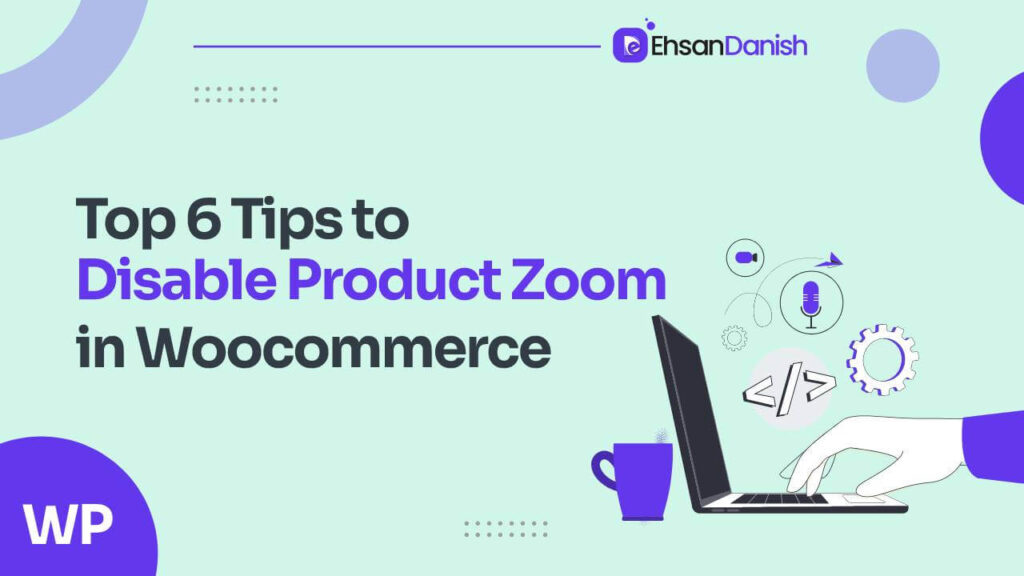WordPress is one of the most popular content management systems (CMS) globally, powering millions of websites. However, its popularity also makes it a target for various cyber attacks, including Distributed Denial of Service (DDoS) attacks. In this article, we will discuss a DDoS attack, how to detect it, and most importantly, how to stop a WordPress DDoS attack from affecting your WordPress site.
What is a DDoS Attack on WordPress?
A DDoS attack is a malicious attempt to disrupt the normal traffic of a targeted server, service, or network by overwhelming it with a flood of internet traffic. When a WordPress site is targeted by a DDoS attack, its server becomes overloaded, making the site slow or entirely unavailable to legitimate users.
How to Detect a DDoS Attack on a WordPress Site
Detecting a DDoS attack on your WordPress site early is crucial to minimize its impact. Common signs of a DDoS attack include a sudden increase in website traffic, slow website performance, and frequent timeouts or error messages. You can use website monitoring tools to detect unusual traffic patterns and identify a potential DDoS attack.
How to Stop a WordPress DDoS Attack?
DDoS attacks can be disguised and difficult to deal with, but with basic security best practices, you can prevent and stop them from affecting your WordPress website.
Remove DDoS / Brute Force Attack Verticals
WordPress’s flexibility allows third-party plugins and tools to integrate, adding features. However, some APIs can be exploited during DDoS attacks. To reduce these vulnerabilities, you can disable certain APIs.
Disable XML-RPC in WordPress
XML-RPC allows third-party apps to interact with your WordPress site, such as the WordPress mobile app. If you don’t use the app, you can disable XML-RPC in your site’s .htaccess file.
Disable REST API in WordPress
The WordPress JSON REST API allows plugins and tools to access and manipulate data. Disable it using plugins like WPCode or Disable WP Rest API.
Activate a WAF (Website Application Firewall)
While disabling attack vectors provides some protection, activating a WAF can block suspicious requests more effectively.
A WAF acts as a proxy between your site and incoming traffic, using algorithms to catch and block suspicious requests. Popular WAF options include Sucuri and Cloudflare.
Identify Whether It Is a Brute Force or DDoS Attack
Both attacks can cause your site to slow down or crash. Determine the type of attack by examining login reports from security plugins like Sucuri.
What to Do During a DDoS Attack
During an attack, alert your team, inform customers about any inconvenience, and contact your hosting and security support.
- Alert Your Team Members: Inform co-workers about the issue to prepare for customer support queries.
- Inform Customers About the Inconvenience: Announce technical difficulties through social media and email.
- Contact Hosting and Security Support: Get the latest updates and mitigation strategies.
- Enhance security with strong passwords, regular updates, and security plugins like Sucuri.
How a DDoS Attack Works
A DDoS attack typically involves multiple compromised devices, often distributed globally and controlled by a single attacker or a group. These devices, known as bots or zombies, are often regular computers, servers, or IoT devices that have been infected with malware.
The attack begins with the attacker commanding the botnet to send a flood of traffic to the target website or server. This flood of traffic overwhelms the target’s resources, such as its bandwidth, server capacity, or network equipment, making it difficult or impossible for legitimate users to access the site.
There are several types of DDoS attacks, including:
- Volumetric Attacks: These flood the target with a massive amount of traffic, such as UDP floods, ICMP floods, or DNS amplification attacks.
- Protocol Attacks: These exploit vulnerabilities in network protocols to consume server resources or disrupt communication. Examples include SYN floods or Ping of Death attacks.
- Application Layer Attacks: These target specific applications or services on a server, such as HTTP floods or slow loris attacks, aiming to exhaust server resources and make the site unresponsive.
Impact of a DDoS Attack on WordPress Site
A DDoS attack can have severe consequences for a WordPress site, including:
- Loss of revenue due to downtime.
- Damage to reputation and customer trust.
- Increased server and bandwidth costs.
- Legal implications if customer data is compromised.
DDoS Attack vs Brute Force Attack
While both DDoS and brute force attacks aim to disrupt website operations, they differ in their methods. A DDoS attack overwhelms a website with traffic, while a brute force attack attempts to gain unauthorized access to a website by guessing passwords or encryption keys.
Here’s a table comparing DDoS and brute force attacks:
| Aspect | DDoS Attack | Brute Force Attack |
|---|---|---|
| Type of Attack | Distributed Denial of Service | Attempt to guess username/password combinations |
| Goal | Overwhelm the target website/server with traffic | Gain unauthorized access to a system or account |
| Resource Usage | Uses multiple compromised devices (botnet) | Uses a single or a few devices |
| Impact | Slows down or makes the website/server unavailable | This may result in unauthorized access to the system |
| Detection | Can be detected by monitoring traffic patterns | Detected by monitoring failed login attempts |
| Mitigation | Requires specialized DDoS protection services | This can be mitigated by implementing account lockouts |
Why Hackers Carry Out DDoS Attacks
Hackers carry out DDoS attacks for various reasons, including:
- Extortion: Demanding ransom to stop the attack.
- Political or ideological reasons: To protest against a website or organization.
- Competitor sabotage: To gain a competitive advantage in the market.
More Ways to Secure Your WordPress Site
In addition to the aforementioned methods, here are more ways to secure your WordPress site against DDoS attacks:
- Keep WordPress core, themes, and plugins updated.
- Use strong passwords and two-factor authentication.
- Limit access to sensitive parts of your website.
- Regularly back up your website’s data.
- Use a DDoS Protection Service: Subscribe to a reputable DDoS protection service that can detect and mitigate attacks before they reach your website.
- Implement Rate Limiting: Set up rate-limiting rules on your server to limit the number of requests from a single IP address, reducing the impact of a DDoS attack.
- Use a Content Delivery Network (CDN): A CDN can distribute traffic across multiple servers, making it harder for attackers to overload your website with traffic.
5 Best WordPress Zoom Plugins 2024
How to add an FTP like File Manager in WordPress
Conclusion
Securing your WordPress site against DDoS attacks is crucial to protect your business, customers, and reputation. By implementing the right security measures and staying vigilant, you can minimize the risk of falling victim to a DDoS attack.




